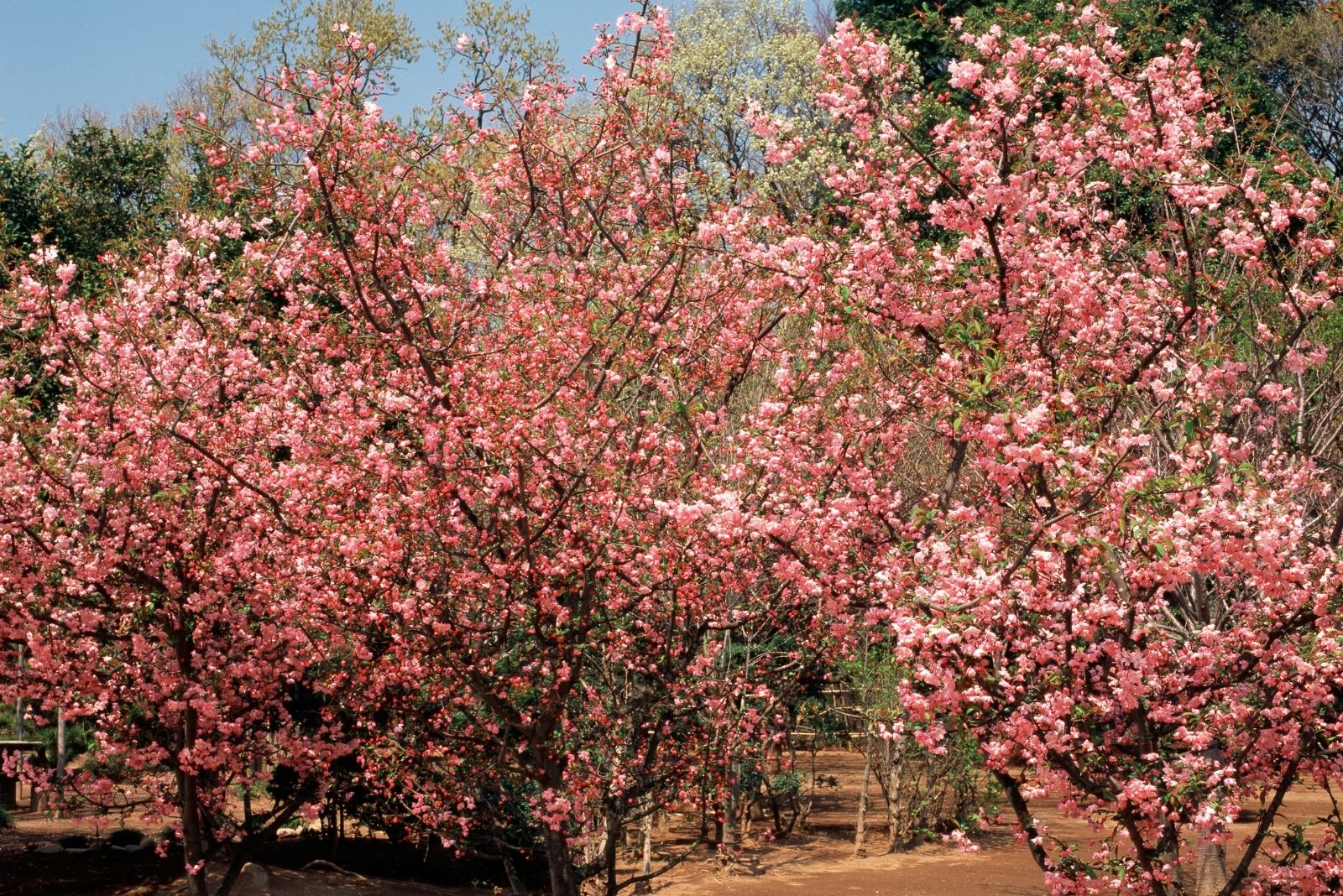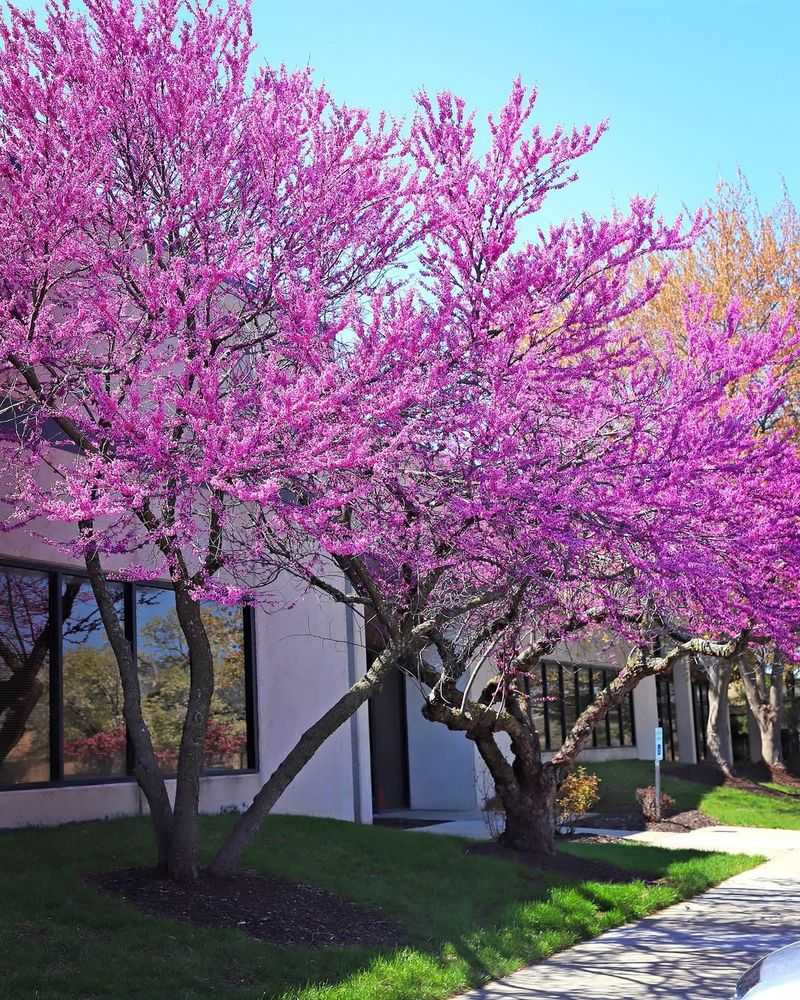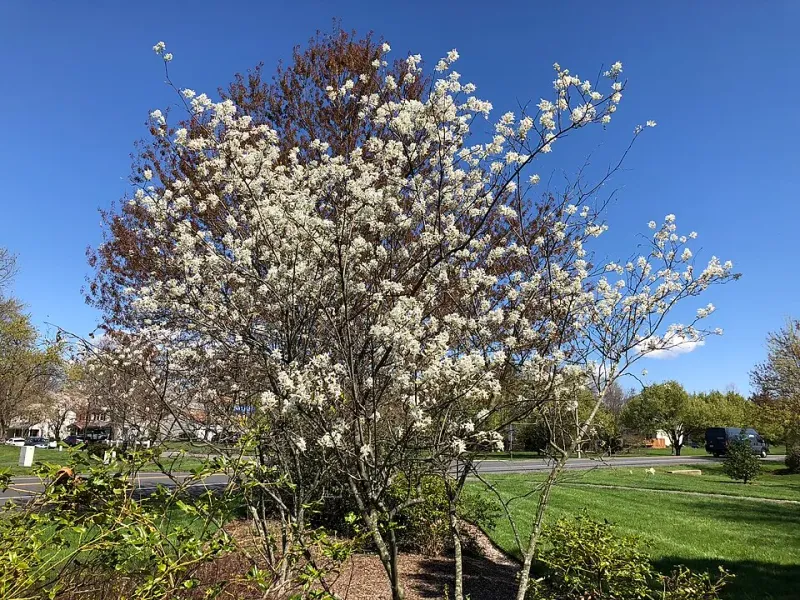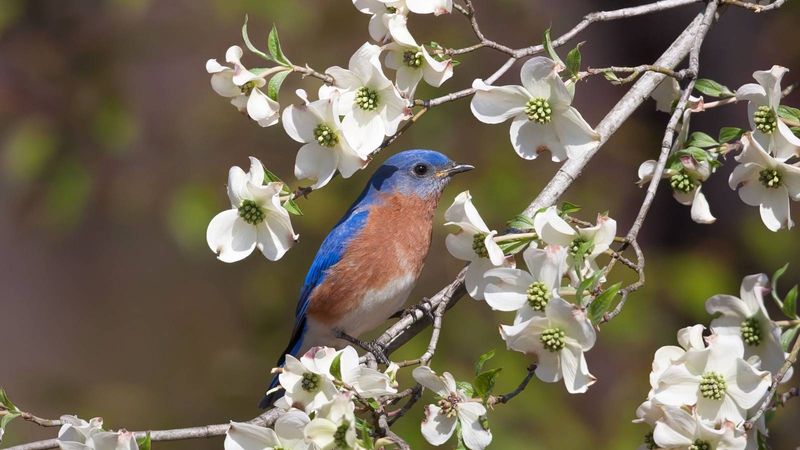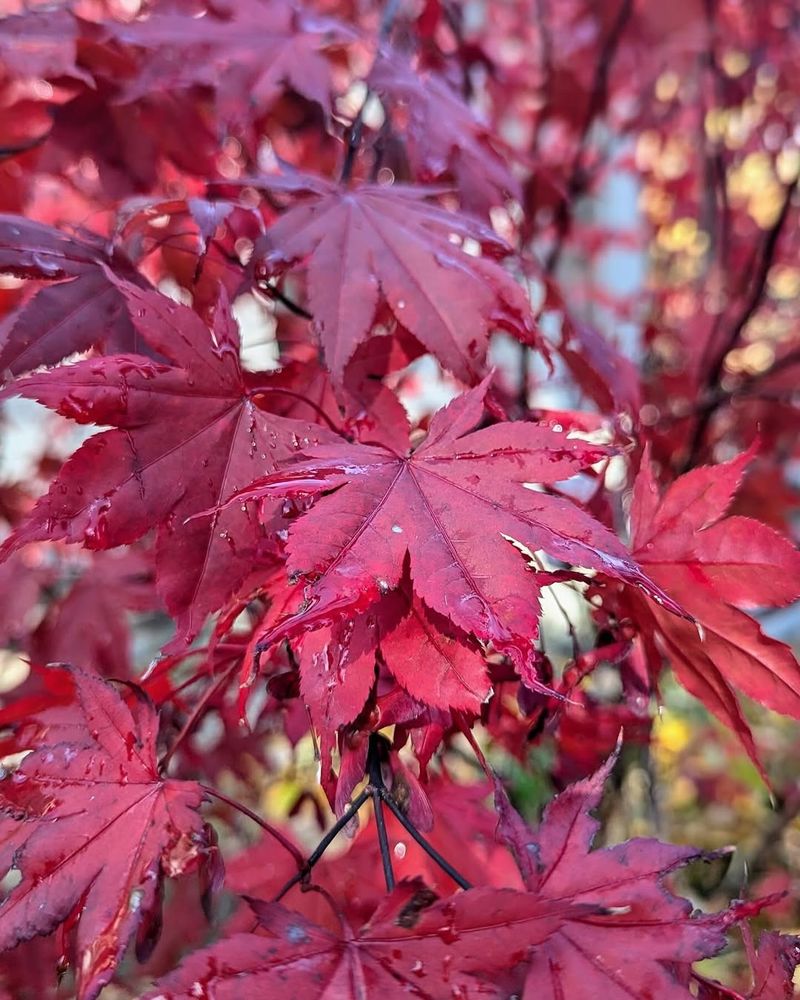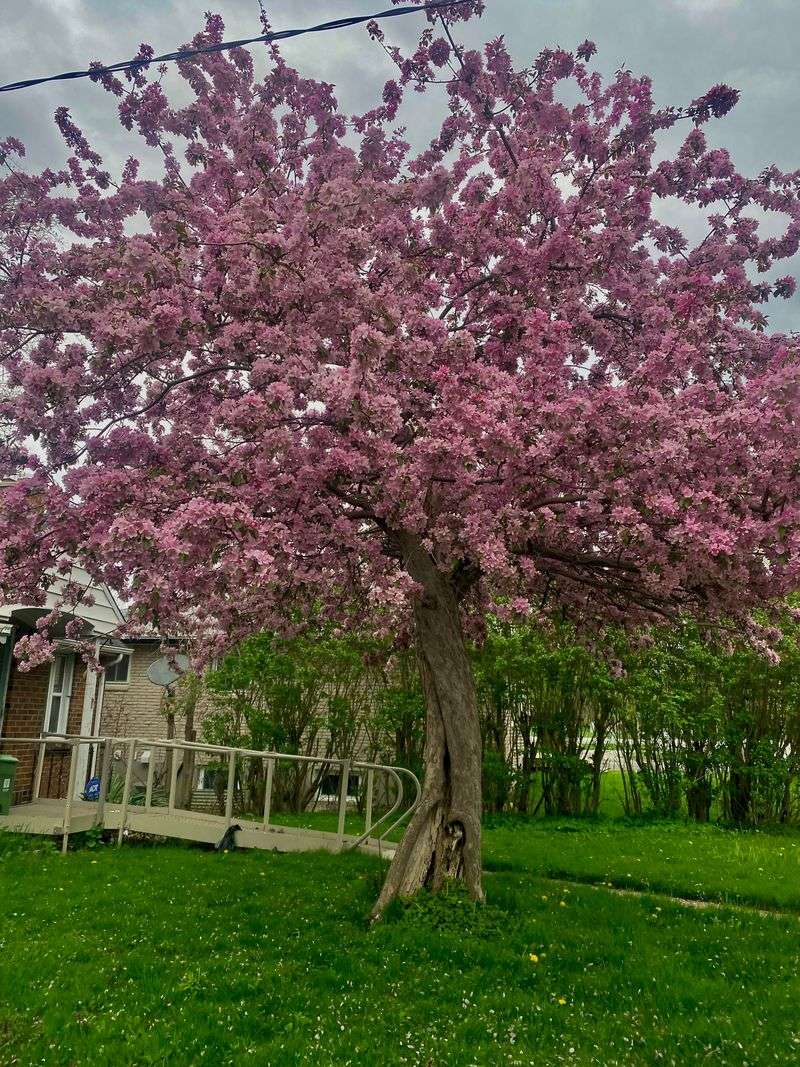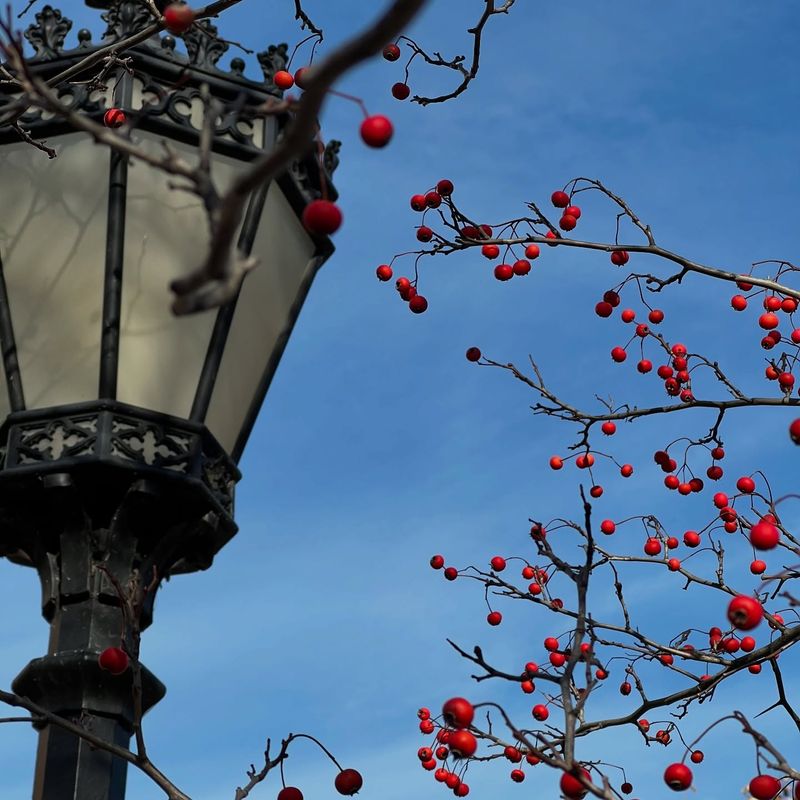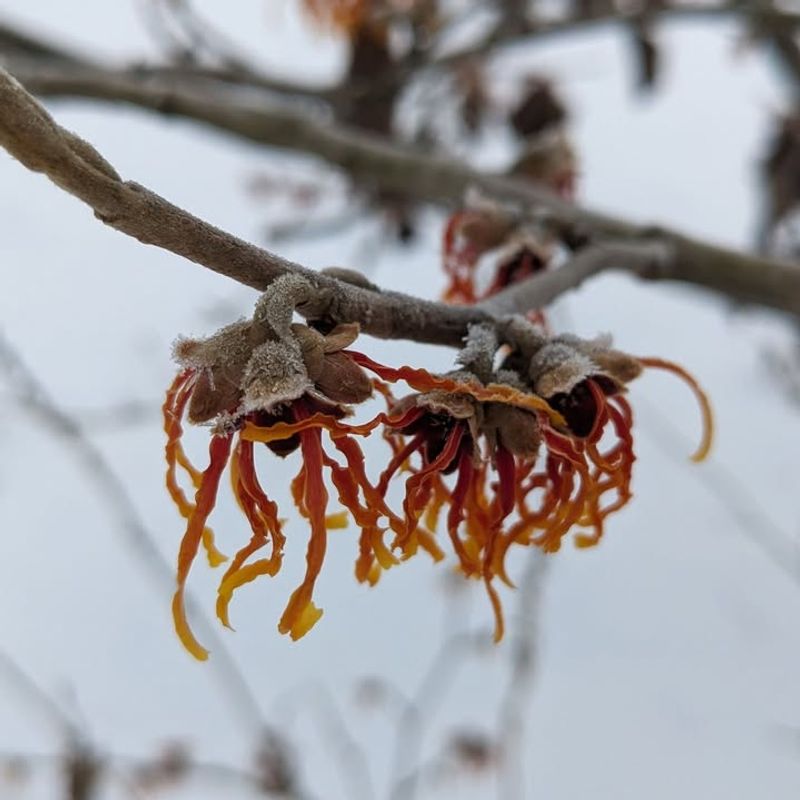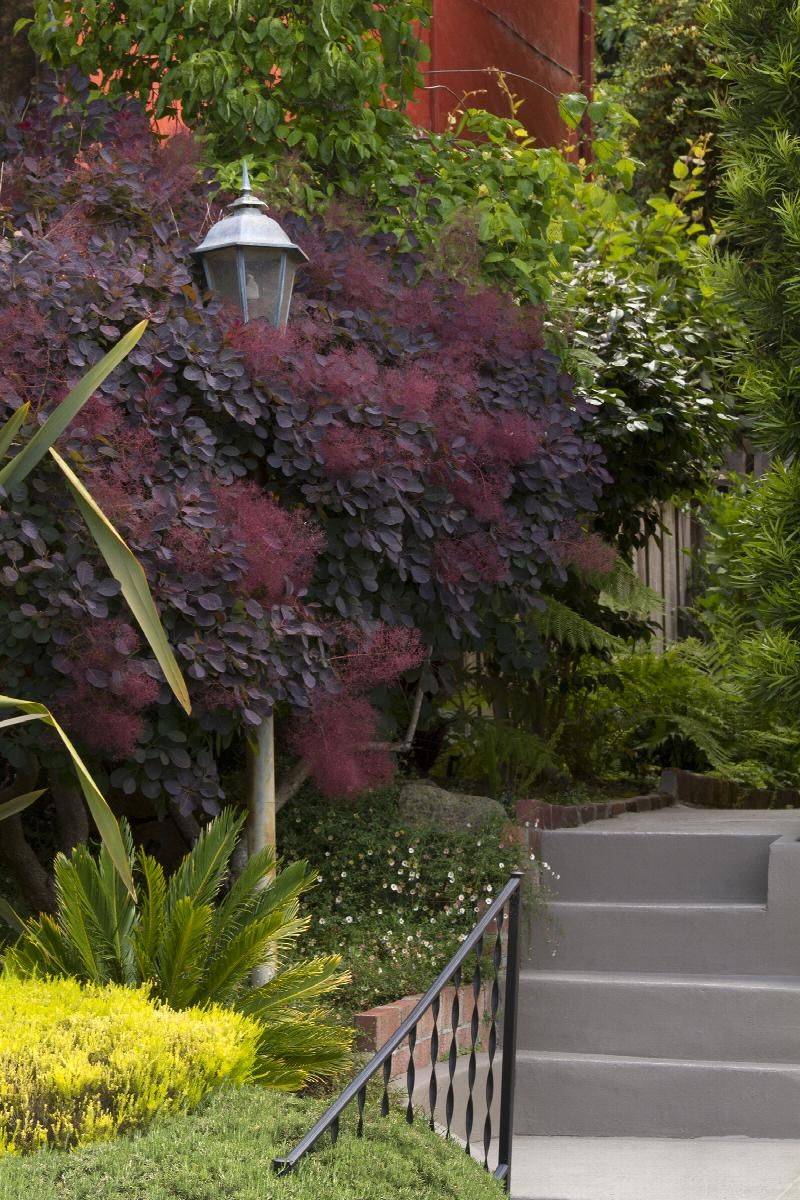Illinois homeowners looking to add color and character to their yards don’t need massive trees that overwhelm the landscape. Small ornamental trees can create stunning focal points while fitting perfectly in modest spaces.
These carefully selected trees thrive in Illinois’ climate zones and offer beautiful blooms, foliage, or berries that change with the seasons. Let’s explore eight fantastic options that will transform your Midwest garden.
1. Redbud For Early Spring Color
When winter finally releases its grip on Illinois, Eastern Redbud trees burst forth with vibrant purple-pink flowers that seem to explode directly from the branches. The heart-shaped leaves emerge coppery-bronze before turning green.
In my Naperville garden, I’ve positioned a redbud where it catches morning light, making those early blooms practically glow. These native trees typically reach just 20-30 feet tall, perfect for smaller properties or as understory plantings.
Fall brings a lovely yellow foliage display before winter reveals the tree’s graceful silhouette. For best flowering, plant in locations with at least partial sun and well-drained soil.
2. Serviceberry With Multi-Season Appeal
Few small trees work as hard in Illinois landscapes as serviceberry. Spring brings clusters of delicate white flowers that transform into sweet purple berries by summer – a treat for both humans and birds alike.
The smooth gray bark creates winter interest, especially noticeable after leaves drop. My favorite variety, ‘Autumn Brilliance,’ turns fiery orange-red in fall, creating a spectacular display against the prairie sky.
Growing 15-25 feet tall, serviceberries thrive in full sun to part shade. They’re remarkably adaptable to Illinois’ clay soils and can handle both wet springs and summer drought once established.
3. Dogwood Bringing Seasonal Highlights
Walking through Springfield’s neighborhoods in spring, you’ll spot flowering dogwoods with their distinctive four-petaled white or pink blooms floating against fresh green foliage. These understated beauties thrive in the dappled light of larger trees.
Summer brings clusters of red berries that cardinals and other Illinois birds adore. The layered branching pattern creates a graceful architectural element even when the tree stands bare in winter.
Growing slowly to 15-25 feet, dogwoods appreciate afternoon shade and consistently moist, acidic soil. For tougher sites, consider the native pagoda dogwood, which handles Illinois conditions with less fuss than its flowering cousins.
4. Japanese Maple For Unique Foliage
Creating a focal point in Illinois gardens is easy with Japanese maples. Their delicate, deeply-cut leaves transform through the seasons – emerging burgundy in spring, deepening in summer, then exploding into fiery reds and oranges by fall.
During a garden tour in Chicago’s North Shore, I noticed how a single specimen created an entire garden’s worth of interest. Look for varieties like ‘Bloodgood’ or ‘Emperor I’ that handle our Midwestern climate extremes better than others.
Most varieties stay under 20 feet tall and wide, making them perfect for patios, entryways, or smaller yards. Protect these gems from harsh afternoon sun and strong winds to prevent leaf scorch in our hot Illinois summers.
5. Crabapple Trees That Brighten The Yard
Spring in Illinois becomes magical when crabapples burst into bloom. Modern disease-resistant varieties like ‘Prairiefire’ and ‘Robinson’ offer spectacular flowers followed by persistent small fruits that feed birds through winter.
The rounded form reaches just 15-20 feet, making crabapples suitable for even modest yards. My neighbor’s ‘Royal Raindrops’ crabapple creates a stunning silhouette against her white Colonial home in all seasons.
Plant these hardy trees in full sun with good air circulation to minimize disease issues. Some newer selections offer purple or bronze summer foliage that stands out beautifully against traditional green landscape plants throughout central and northern Illinois.
6. Hawthorn With Decorative Berries
Thornless cockspur hawthorn has become a favorite for Illinois landscapers seeking four-season interest. The horizontal branching pattern creates dramatic winter shadows across snow, while spring brings clusters of white flowers that attract pollinators.
By fall, the glossy green leaves turn russet and orange as bright red berries develop. These fruits persist well into winter, creating food for cedar waxwings and other birds that brave Illinois’ cold months.
Growing 20-30 feet tall with an equal spread, hawthorns handle the challenging clay soils common throughout the state. Their tough nature makes them excellent choices for exposed sites where other ornamentals might struggle with our Midwest weather extremes.
7. Witch Hazel For Unexpected Blooms
While other trees sleep through late winter, witch hazel puts on a surprising show. The spidery yellow or copper-orange flowers appear on bare branches, sometimes even poking through February snow in southern Illinois counties.
Last year at the Morton Arboretum, I watched visitors discover these unusual blooms with delight. The vase-shaped form grows slowly to 15-20 feet tall, fitting nicely into mixed borders or woodland garden edges.
Fall brings golden-yellow foliage before the flowers emerge. Both native and hybrid varieties perform well across Illinois, though the hybrids typically offer more dramatic flowering. Give witch hazels moist, well-drained soil and protection from harsh afternoon sun.
8. Smoketree Adding Dramatic Shades
Standing out among Illinois landscape trees, smoketree creates conversation with its summer display of puffy, smoke-like flower clusters that hover above the foliage. Purple-leaved varieties like ‘Royal Purple’ offer dramatic color all season long.
Growing in my friend’s Champaign garden, a smoketree anchors a corner where its burgundy foliage contrasts beautifully with nearby ornamental grasses. The fall color ranges from brilliant orange-red to purple, depending on the variety.
Reaching 10-15 feet tall and wide, smoketrees thrive in Illinois’ alkaline soils. They prefer full sun and tolerate drought once established – perfect for those hot, dry spells we often experience in late summer across the state.

